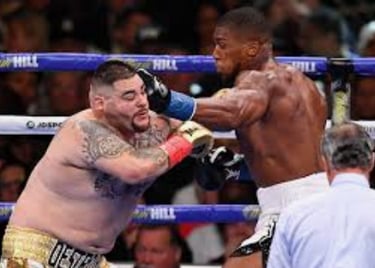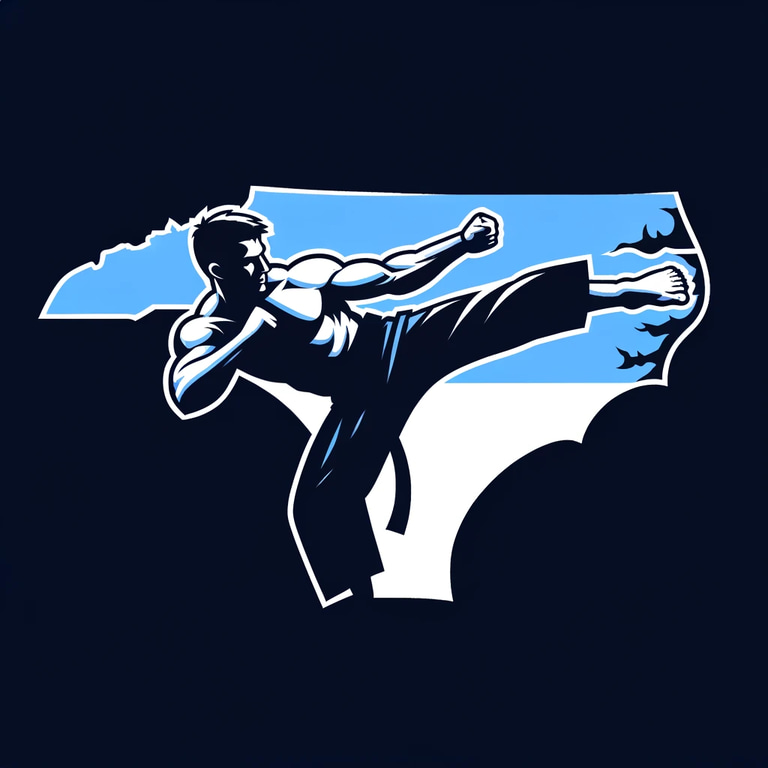Types of Physical Strength
It helps to be strong
4/24/20243 min read


Muscular Strength: This type of strength refers to the maximal force a muscle or muscle group can exert against resistance in a single effort. It's often measured by one-repetition maximum (1RM) tests and is crucial for activities requiring short bursts of intense effort, such as lifting heavy weights or performing explosive movements.
Muscular Endurance: Unlike muscular strength, muscular endurance focuses on the ability of muscles to sustain repeated contractions over an extended period. It's essential for activities that involve prolonged exertion, such as distance running, cycling, or swimming.
Functional Strength: Functional strength pertains to the ability to perform everyday movements efficiently and safely. It involves integrating strength gains into movements that mimic real-life activities, enhancing overall coordination, balance, and stability.
Relative Strength: Relative strength is the amount of force exerted relative to body weight. It's a crucial measure for athletes in weight-class sports, as it assesses strength in proportion to size. Improving relative strength involves increasing strength while minimizing body weight.
Explosive Strength (Power): Explosive strength, also known as power, is the ability to generate force quickly. It's vital for activities requiring rapid acceleration, such as sprinting, jumping, and throwing. Plyometric exercises and Olympic weightlifting movements are commonly used to develop explosive strength.
Isometric Strength: Isometric strength involves exerting force without changing the length of the muscle or joint angle. It's beneficial for enhancing stability and overcoming sticking points in lifts. Isometric exercises, like planks and wall sits, help develop this type of strength.
Eccentric Strength: Eccentric strength focuses on the ability to control movement while lengthening muscles under load. It's crucial for deceleration, injury prevention, and overall performance enhancement. Eccentric training involves emphasizing the lowering phase of movements, such as lowering a weight slowly during a bicep curl.
Grip Strength: Grip strength refers to the force exerted by the hand and forearm muscles to grip or hold onto an object. It's essential for activities like rock climbing, grappling sports, and lifting heavy objects. Grip strength can be improved through specific exercises such as grip trainers, farmer's walks, and hanging exercises.
Understanding and developing various types of strength are key components of a well-rounded training program, enabling individuals to excel in their chosen physical pursuits and improve overall functional capacity.
Strength is a multifaceted attribute encompassing various aspects that contribute to physical capability and performance. Here are several types of strength: You need to work on all of them.
In his Memorabilia, Xenophon, a student of Socrates, shares a dialogue between Socrates and one of Socrates’ disciples named Epigenes. On noticing his companion was in poor condition for a young man, the philosopher admonished him by saying, “You look as if you need exercise, Epigenes.” To which the young man replied, “Well, I’m not an athlete, Socrates.” Socrates then offered the following response.
"It is a disgrace to grow old through sheer carelessness before seeing what manner of man you may become by developing your bodily strength and beauty to their highest limit."
8 Types of Strength








Mindset and Training are important too!
This is a good example of HEART wining the fight. Both men are very skilled and some of the best in the world at what they do.
















The rematch is coming up!!
Contact
Reach Eric at ericthered@tarheelfightclub.com
